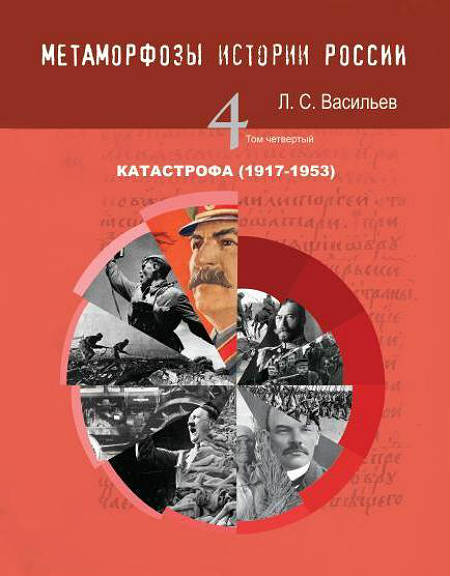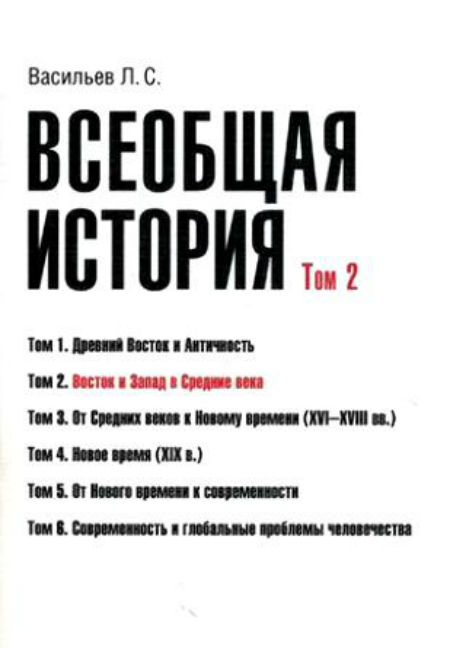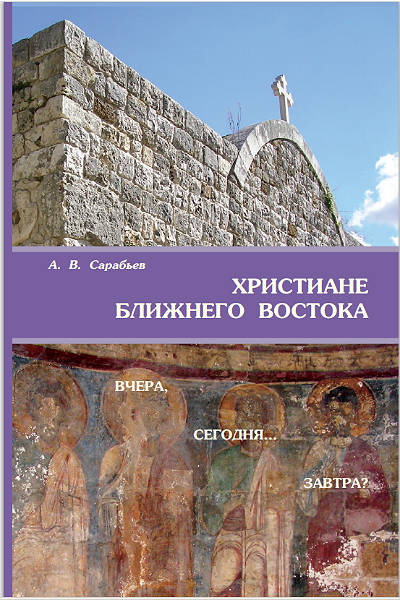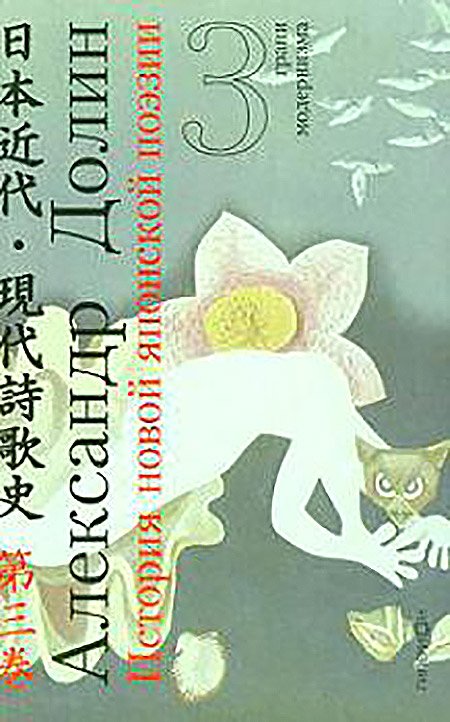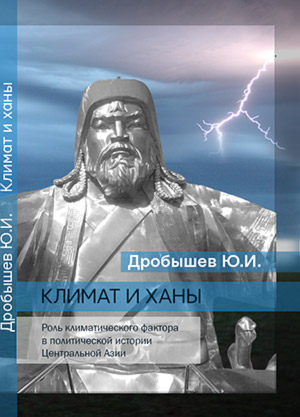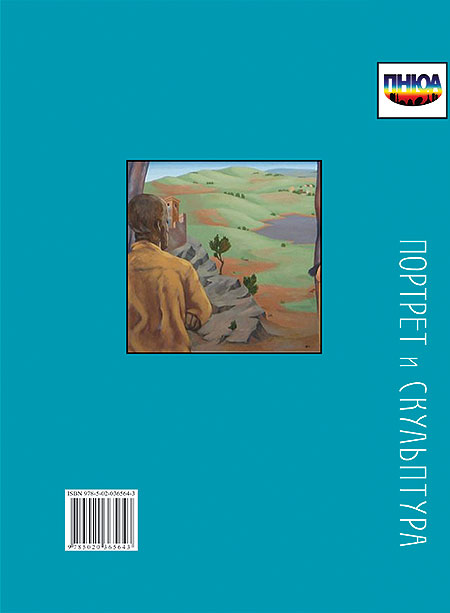Book
Under the Skies of South Asia. Portrait and Sculpture: Territories, Ideologies and Ethnicities as Viewed through Material Objects
General Editor: Glushkova Irina
Еditor: Prokofieva Irina
Москва, 2014, 608 p.
This volume is the first in a multi-disciplinary research project Under the Skies of South Asia initiated by Irina Glushkova and implemented by the Centre for Indian Studies, Institute of Oriental Studies, Moscow, and Indianists/South Asianists from other institutions to research important historical, cultural and socio-political problems of India, Pakistan, Bangladesh, Nepal, Sri Lanka, Bhutan and the Maldives. The principle which encompasses the whole project irrespective of a theme chosen for a particular volume is Not in general, but in particular. It presupposes a reversal of the Orientalistic principle of theorising on an abstract, uniformed “India” or the imaginary “East” and then picking up these or those data (mainly textual) to corroborate the ethereal theory. Each theme of the project is based on studying a flesh-and-blood reality of a place, social or cultural group, polity, etc., i.e. it deals with a spatially, culturally and temporarily confined entity. The methodologies applied in every volume seek to pursue not pre-conceived abstract clichés, but represent research tools used by the world’s leading academic centres and scholars. To this end, special mention should be made of the “visual” and “material” turns of modern humanitarian scholarship which, after more than a century-long dominance of “spiritual” studies, has now diverted its attention to the world which we can see and touch.
The first volume (edited by Irina Prokofyeva) focuses on portraits and sculptures throughout South Asia’s space. Contrary to the traditional “art history” that studies the “prelife” of a visual art object (history of its creation, personality and aesthetic principles of the author, form of the object and artistic techniques employed in it), the contributors work within a more recent methodology of Visual Studies which looks into the “afterlife” of art objects, their social roles and aspects of public perception. The authors’ task was to analyse how portrait and sculpture placed in public spaces operate as crucial instruments for the establishment and realisation of territorial, national, ethno-religious and group identities.
The study investigates the functioning of portraits and sculptures as markers of belonging, instruments of domestication and appropriation of space, creators and preservers of historical and cultural memory, sources for and sparklers of social and religious conflicts and immediate participants in political confrontations. The authors discuss not only how a visual art object is viewed by audiences, but how dominant and alternative traditions (in ideologies, religions, cultural values, politics, etc.) inculcate a certain perception of portraits and sculptures into general public’s palette.



